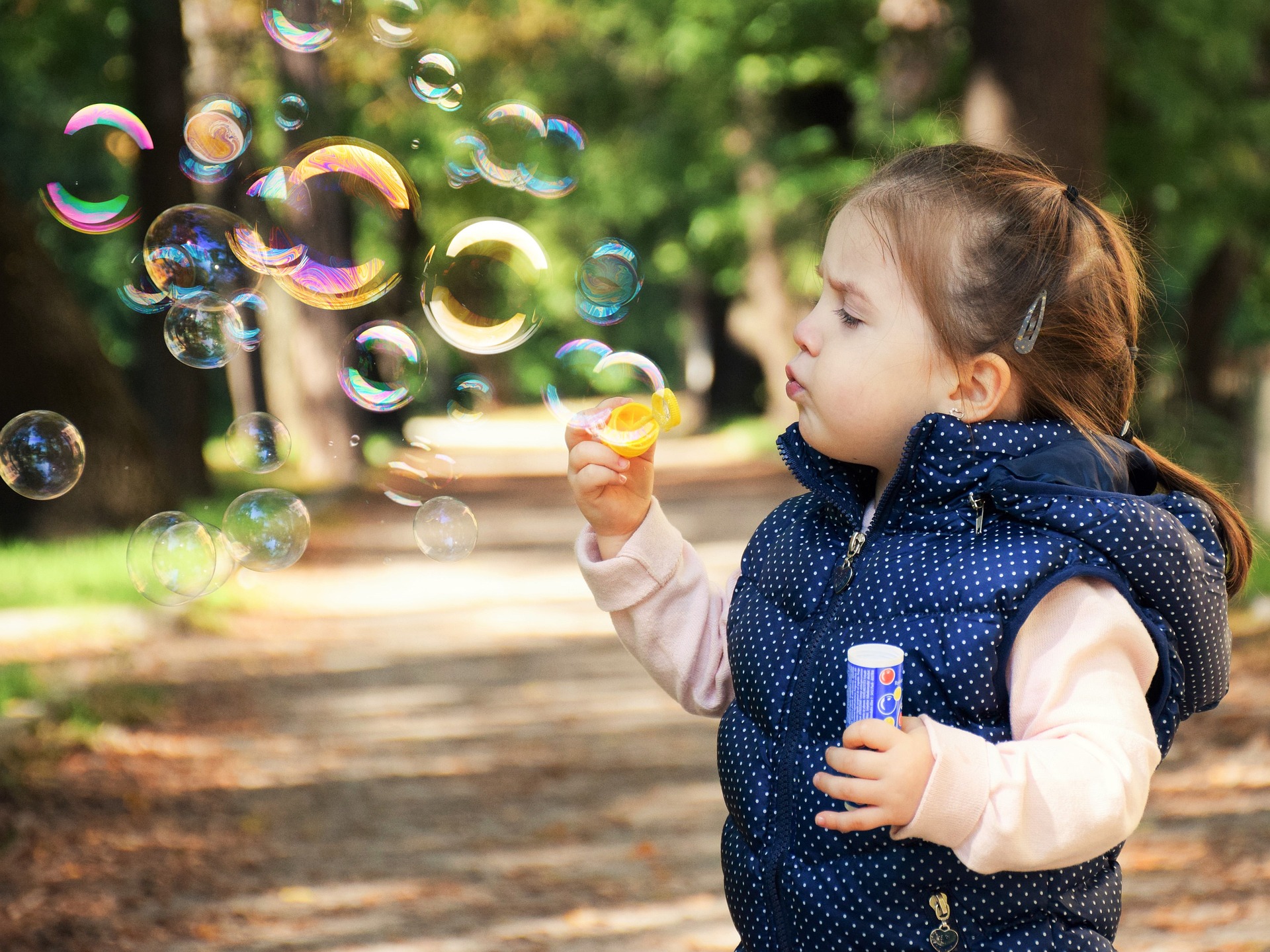Urgent Care
Diagnosis, treatment, and services for your everyday medical needs such as flu shots and lab work.

Out of every injury a child can get, head trauma is considered to be the scariest. They can lead to all sorts of issues, especially later in life, which is why it is paramount to be as informed as humanly possible. The truth is head injuries can happen from many things, not just direct blows to the head or contact sports which is why understanding the signs and symptoms of them are even more crucial to be aware of.
Unfortunately, head trauma is common in children and teens. They can hurt the scalp, skull, brain, or blood vessels. They can be as mild as a bump on the head, or more serious, like a concussion. In kids, most are mild and don’t injure the brain. A head injury is a broad term that describes an extensive array of injuries that occur to the scalp, skull, brain, and underlying tissue and blood vessels in the child’s head. Head injuries are also commonly referred to as brain injury, or traumatic brain injury, depending on the extent of the head trauma.
In most cases, head injuries in childhood are due to falls and slips, however, they can also occur from car crashes, bike accidents, sports injuries, and child abuse. These are the most common methods, but the truth is there are many other ways your child may sustain head trauma.
Essentially there are two different types of head injuries: external and involving the scalp and internal involving the skull, brain, or blood vessels.
It’s also important to know that injuries can potentially cause a concussion, contusion, fracture, or bleeding. If this does happen, you should bring your child to their healthcare provider immediately for further observation.
The list can be very long for the signs of a head injury depending on the severity of your child’s injury but the most important symptoms to look out for would be a swollen scalp, headache, loss of conciseness (in serious cases), confusion, irritability, ringing in the ear and fatigue. Again, head injuries can be complicated and even discrete which is why if you fear your child may be experiencing one, you should take them to their healthcare provider for a professional opinion.
Healthcare providers diagnose head injuries by asking questions about how the injury happened and doing a careful examination of the head and checking to see how the nerves are working. Most children with a mild brain injury don’t need medical tests, however, providers will often do a CAT scan of the head if the injury is more serious. In this case, your child may need to get blood tested, X-rayed, or receive an MRI.
You should contact your health care provider immediately if your child had a head injury is an infant, has lost consciousness, even for a moment, wines of head and neck pain (younger children who aren’t talking yet may be fussier), vomits more than one time, won’t awaken easily, becomes hard to comfort, or isn’t walking or talking normally.
If your child is not an infant, has not lost consciousness, and is attentive and behaving regularly after the fall or blow, put an ice pack or instant cold pack on the injured area for 20 minutes every 3–4 hours. If you use ice, always wrap it in a washcloth or sock. Ice placed right on bare skin can injure it. Watch your child carefully for the next 24 hours. If the injury happens close to bedtime or naptime and your child falls asleep soon afterward, check in a few times while they sleep. If your child’s skin color and breathing are normal, and you don’t sense a problem, let your child sleep unless the doctor tells you otherwise. There’s no need to keep a child awake after a head injury. It’s also important to trust your gut. If you think your child doesn’t seem to be acting like they normally do, partly awaken your child by sitting them up. They should fuss a bit and attempt to resettle. If your child still seems very drowsy, try to awaken them fully. If you can’t wake your child, call your healthcare provider or 911 for an ambulance.
The hard truth is that you can’t protect your child from every injury, but you can help prevent head trauma with precautions and by teaching them how to play safely. Your child should always wear a bike helmet that fits well and use the proper sports equipment for inline skating, skateboarding, snowboarding, skiing, and contact sports. Make sure they wear a safety seat or seatbelt every time they’re in the car and if they do sustain a head injury, wait until their healthcare provider says it’s OK before returning to rough play or sports. If the brain gets injured again while it’s still healing, it will take even longer to completely heal.
Head Trauma is a scary injury that no parent wishes to see their child suffer from. This is why by understanding the signs and symptoms of them and teaching your child how to safely play, you greatly reduce the risk of your child sustaining any sort of head injury. It’s an unfortunate part of life that we all get banged up every now and again but the team of dedicated staff members at Chai Care will always make sure to be here if your child ever needs a helping hand!
* Legal disclaimer: The content of this article and the entire Chai Care blog is for educational purposes only; it does NOT constitute medical advice and must not be considered as such. Please consult a medical professional regarding any symptoms or health concerns you or your loved ones.